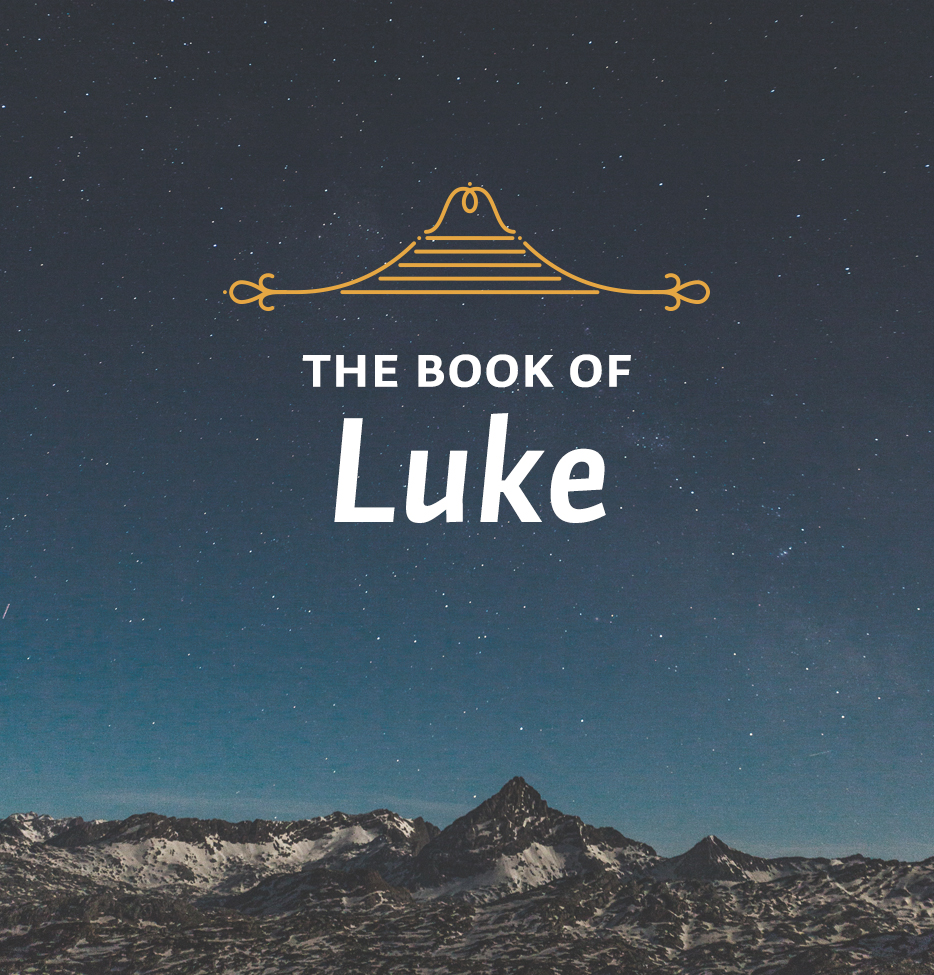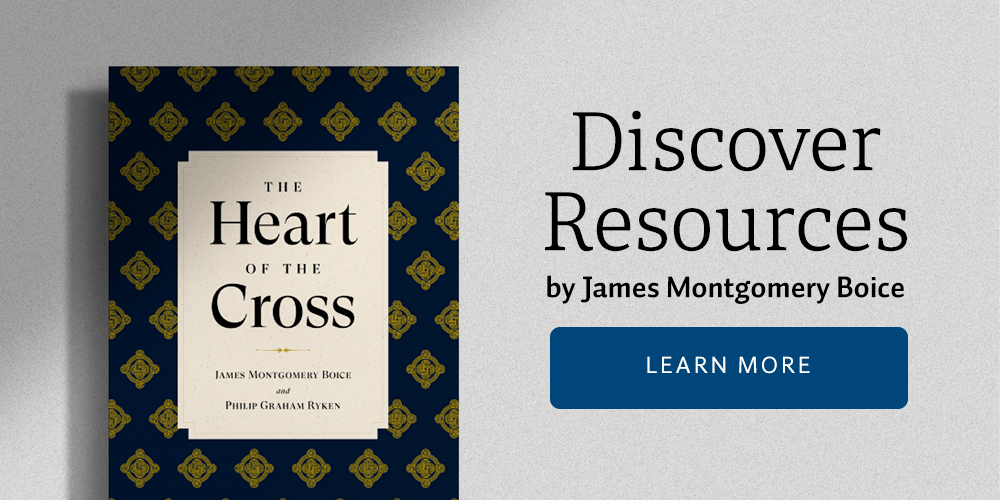Theme: Christmas Miracles
This week’s lessons help us to prepare to celebrate the birth of Christ by
focusing on three miracles seen in the angel Gabriel’s visit to Mary.
Scripture: Luke 1:26-38
There is something about Christmas that is wonderful—in spite of the frantic pace of the days leading up to Christmas, the anxious flurry of pre-Christmas buying and the undisguised commercialism and materialism that is so much a part of Christmas in the West. I suppose it is the sheer magnitude of the event itself, the grandeur of what Christmas means: the birth of the Savior.
And the miracles! We often say that the birth of any baby is a miracle, meaning that life is a miracle. And it is. We cannot create life. Life is God’s gift. But in the case of Christmas, the miracles are so much bigger even than that. In my judgment the miracles of Christmas are greater even than the miracles Jesus did in his lifetime—healing the lepers, giving sight to the blind and strength to the lame, raising the dead to life—greater even than the climactic resurrection of Jesus himself on the third day following his crucifixion. And there is something of the wonder of these miracles in our observances of Christmas even for modern people, like ourselves, who have such difficulty with the miraculous.
The miracles are there from the very beginning too, from the moment in which the angel Gabriel announced the conception and birth of Jesus to the humble virgin of Nazareth, whose name was Mary.
Martin Luther was such a vigorous and original person that I have often turned to him to see what he had to say about some well-known text, like the verses in which Gabriel announces the birth of Jesus to Mary. When I did that for these verses I discovered that Luther himself sometimes turned to other people and that, in this case, he turned to Saint Bernard, the godly French monk who lived in the twelfth century.
Luther quotes Bernard as saying that there are three miracles in this story: 1) “that God and man should be joined in this child,” 2) “that a mother should remain a virgin,” and 3) “that Mary should have such faith as to believe that this mystery would be accomplished in her.” He adds perceptively that “the last is not the least of the three.”1 I find this to be a fresh way to look at the announcement of the birth of Christ and so take it as a guideline in this study.
Study Questions:
Make a list of the major biblical and theological themes that are contained in the Christmas story. How do they challenge the dominant secular themes and interests of the season?
What are the three miracles that Bernard lists?
Application: What are some ways in which other activities and events can interfere with a proper celebration of the true significance of Christmas? What can you do this year to make sure you set aside enough time to quietly and thoughtfully reflect and pray over the glorious event of the birth of Christ?
1Martin Luther, The Martin Luther Christmas Book, trans. and arranged by Roland H. Bainton (Philadelphia: Fortress Press, 1948), pp. 22, 23.






